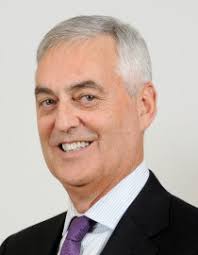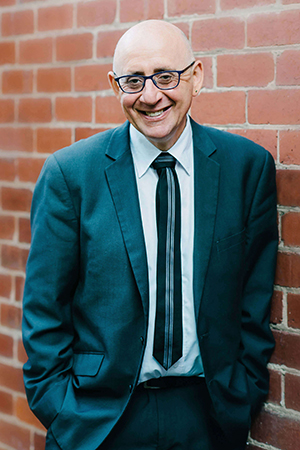Facing the challenges of aged care with dollars and sense
By Leon Gettler >>
FINDING A FACILITY for an ageing parent is one of the most financially complex challenges facing any family, according to Rod Horin, the managing director of Joseph Palmer & Sons.
The company is a specialist in providing advice on aged care for clients. Mr Horin said the big choice for families was whether the elderly parent stays at home or goes into an aged care facility. Both have enormous cost implications. 
He said most people are choosing to stay at home for longer, but the cost of keeping someone at home – being looked after 24/7 – is about $4000 to $5000 a week, which is about $250,000 a year. On top of that, most carers want to be paid in cash as they have many jobs.
On the other hand, a good aged care facility can be available for $50 a day.
However a bond, or RAD, could be up to $1 million, plus monthly invoices of several thousand dollars.
FINANCIAL CHALLENGES
That is one of the big issues facing families looking for an aged care facility. Do they have to sell the family home to secure accommodation?
“They want to know how they can fund it, so what we do having the benefit of an Australian financial licence is that we can financially model the financial affairs of the aged care resident and see how it could be best funded,” Mr Horin told Talking Business.
“We’ll look at questions like can we fund it without selling the family home? Can we fund it some other way? Can we pay the bond by some different means?
“The bond can be paid the full amount up front or it can be paid part up-front with an interest component in the balance which is set under the Aged Care Act at 5.74 percent.
“What we do is give families clarity and information so that they can work through with us and work out how to get mum or dad in there and how they can fund the monthly invoices for mum and dad staying in there.” 
HOW TO INVEST IN OLD AGE?
Another big issue for the firm is handling the investment decisions of senior citizens, who are dependent on income from their investments, when interest rates are falling.
Mr Horin said this is a difficult issue and fraught with danger.
He said we are now seeing the growth of mortgage funds offering high yields of 7-8 percent, high risk and reward deals.
He said those funds were offering high yields to people who cannot get those rates from banks.
“That should sound some alarm bells,” Mr Horin said.
“People’s memories are short. They may not remember some disasters from not that long ago. They are feeling desperate and enjoying eating into their capital. They are not stopping sensibly.”
He said when interest rates were 5 percent, people could get $100,000 off a capital pool of $2 million. When interest rates halve, the capital has to be $4 million and at 1 percent the capital would have to be $10 million.
Mr Horin said most people cannot afford that.
The solution: what people need to do, he said, is start planning their retirement.
When should they start doing that?
“As soon as you enter the workforce,” he said. 
Hear the complete interview and catch up with other topical business news on Leon Gettler’s Talking Business podcast, released every Friday at www.acast.com/talkingbusiness.
ends

 How to resolve AdBlock issue?
How to resolve AdBlock issue?